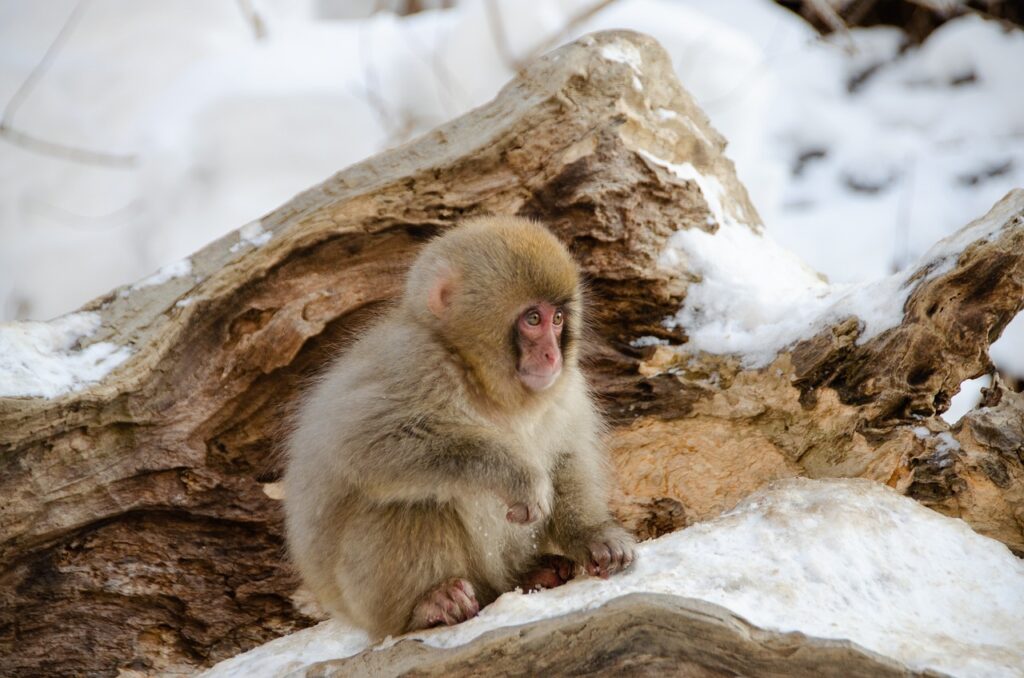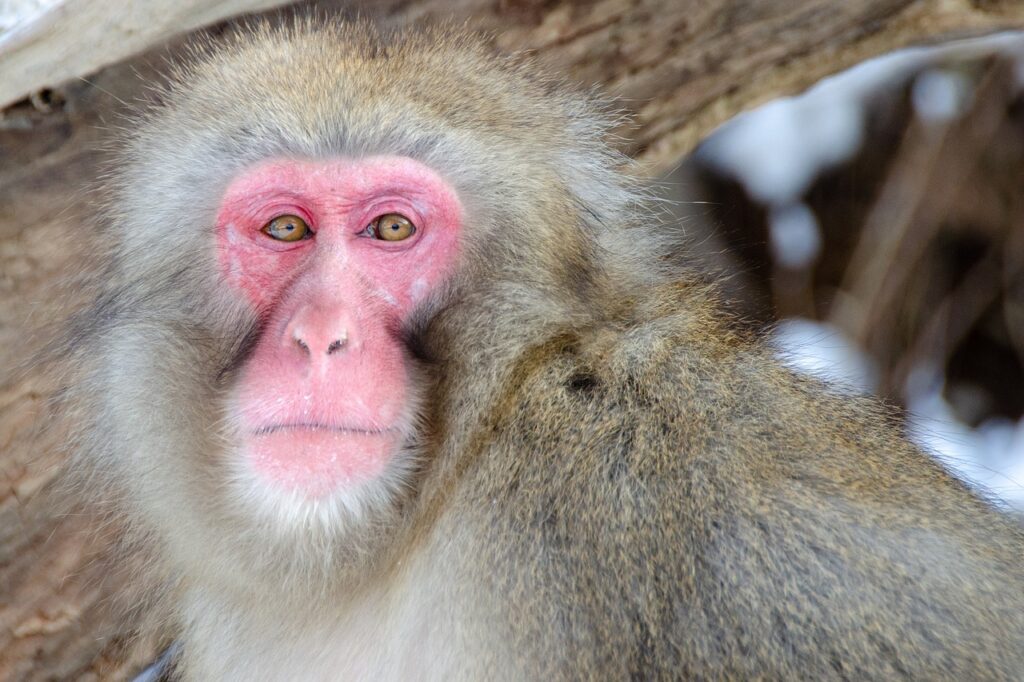The Japanese macaque, often referred to as the snow monkey, is one of the most intriguing primates in the world. Known for its intelligence, adaptability, and unique behaviors, this remarkable species captures the hearts of wildlife enthusiasts and researchers alike. In this article, we’ll explore everything about the Japanese macaque, from its habitat to its diet, as well as fun facts that will make you appreciate these incredible creatures even more.
What Is a Japanese Macaque?
The Japanese macaque (Macaca fuscata) is a species of Old World monkey native to Japan. These primates are famous for their thick fur, which helps them thrive in the snowy regions of the country, earning them the nickname “snow monkeys.” They are the northernmost-living primates, apart from humans.
What Is the Japanese Macaque Famous For?
Japanese macaques are best known for their habit of soaking in hot springs during the cold winter months. This behavior was first observed in a troop living near Jigokudani Monkey Park in Nagano, Japan. The sight of these monkeys lounging in steaming baths has made them a global symbol of relaxation and resilience.
What Is the Japanese Macaque Also Known As?
The Japanese macaque is also called the snow monkey due to its snowy habitat. Locals sometimes refer to them as nihonzaru, meaning “Japanese monkey.” Interestingly, the species is not an ape; it belongs to the monkey family.
Where Is the Japanese Macaque Found?
Japanese macaques are found throughout Japan, with their range covering Honshu, Shikoku, and Kyushu islands. The most famous population resides in Jigokudani, where tourists flock to witness their hot spring antics. Their habitats include forests, mountains, and even urban areas, showing their remarkable adaptability.
What Is the Japanese Macaque Habitat?
The habitat of the Japanese macaque varies widely. They can thrive in subalpine forests, temperate woodlands, and even subtropical regions. These environments provide ample resources, such as food and shelter, to sustain the macaque populations.

What Does the Japanese Macaque Eat?
Japanese macaques are omnivores with a highly adaptable diet. Their primary food sources include fruits, seeds, leaves, and insects. During harsh winters, they rely on tree bark and buds for sustenance. This dietary flexibility is key to their survival in diverse environments.
How Long Do Japanese Macaques Live?
In the wild, the Japanese macaque lifespan averages around 20-25 years. Captive macaques, however, often live longer due to the absence of predators and consistent food supplies.
Are Japanese Macaques Smart?
Yes, Japanese macaques are incredibly intelligent. One famous example of their cognitive abilities is the story of “Imo,” a young macaque who started washing sweet potatoes in water before eating them. This behavior spread throughout her troop, showcasing their ability to learn and adopt new behaviors.
Fun Facts About the Japanese Macaque
- Hot Spring Habit: Not all Japanese macaques soak in hot springs. This behavior is specific to certain troops.
- Cultural Significance: They are featured in Japanese folklore and art.
- Swimming Skills: Unlike many primates, Japanese macaques are excellent swimmers.
- Social Hierarchies: Troops are organized into strict hierarchies, with dominant males and females leading the group.
Is the Japanese Macaque Endangered?
Currently, the Japanese macaque is not classified as endangered, but some populations face threats due to habitat loss and human activities. Conservation efforts are essential to ensure their long-term survival.
How Many Japanese Macaques Are Left?
There are approximately 100,000 Japanese macaques in the wild, although population numbers can vary based on region and environmental factors.
Are Japanese Macaques Dangerous?
While Japanese macaques are not typically aggressive toward humans, they can become bold if they associate people with food. Feeding them is strongly discouraged to prevent conflicts.
What Does the Japanese Macaque Look Like?
Japanese macaques have thick, greyish-brown fur and striking red faces. Their short tails and stocky build help them navigate snowy terrain with ease.
Bradley the Japanese Macaque
A lesser-known story involves a macaque named Bradley, who became a local celebrity in Japan for his playful interactions with tourists. Bradley’s antics highlight the unique personalities of these primates.
What Is Causing the Japanese Macaque to Become Endangered?
Deforestation and urban expansion are primary threats to the Japanese macaque’s habitat. Additionally, conflicts with farmers, who view them as pests, pose challenges to their conservation.

When Was the Japanese Macaque Discovered?
Japanese macaques have been known to locals for centuries, but they were first scientifically documented in the 19th century by Western researchers.
Is the Japanese Monkey Fish Real?
Despite internet myths, there is no such thing as a Japanese monkey fish. This rumor likely stems from photoshopped images circulating online.
Conclusion
The Japanese macaque is a testament to the beauty and resilience of nature. From their hot spring escapades to their complex social behaviors, these snow monkeys offer endless fascination. Whether you’re a wildlife enthusiast or a casual observer, learning about the Japanese macaque deepens our appreciation for these remarkable creatures.
Want to learn more about these fascinating primates? Explore more facts about Japanese macaques and discover what makes them one of nature’s most captivating species!
